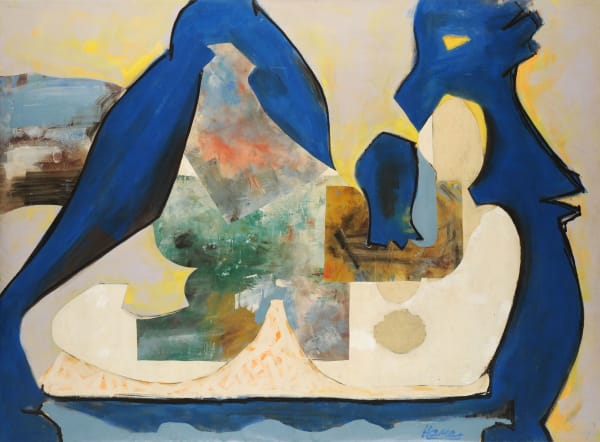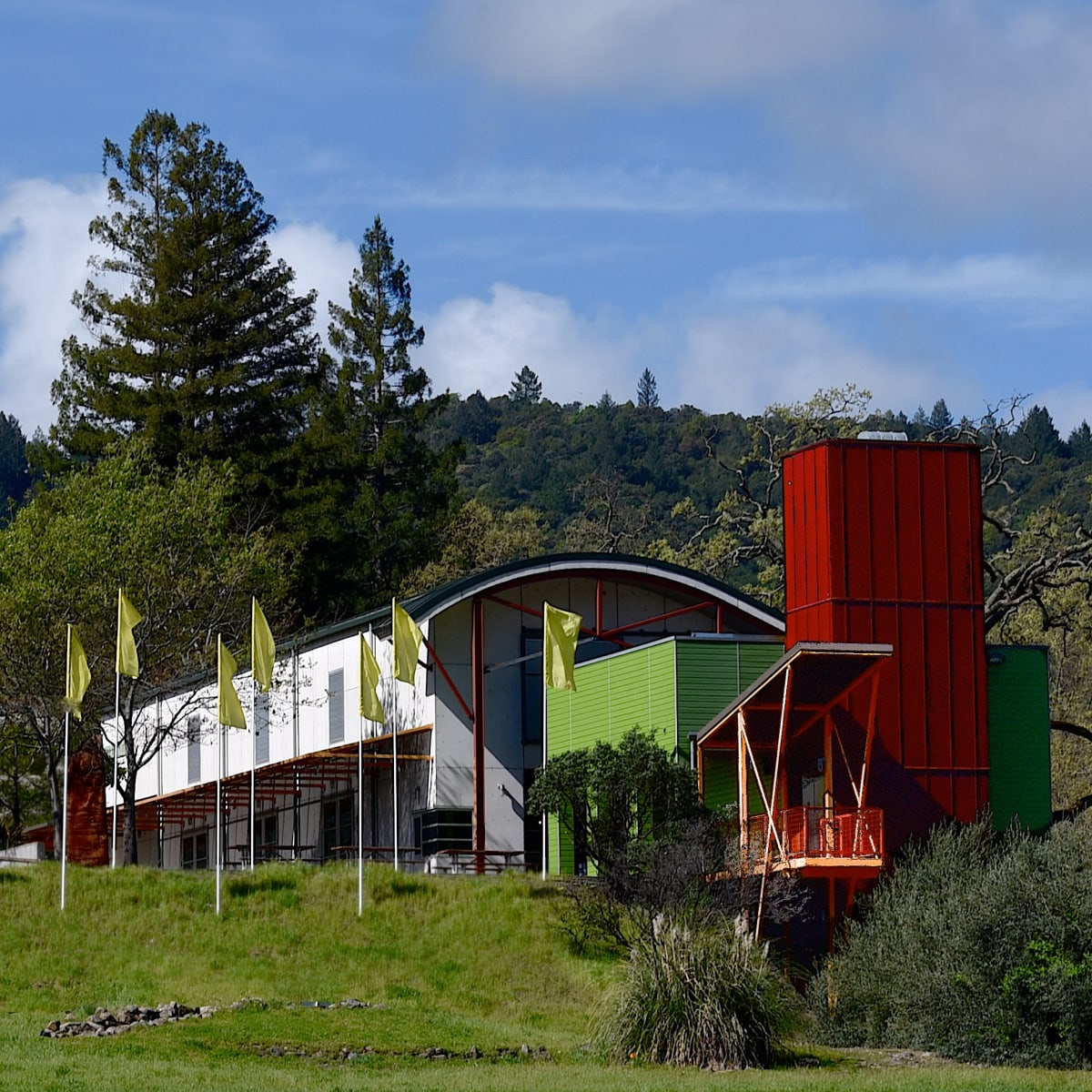Hare has already shown enough promise to place him in the forefront of what now begins to seem, not a renaissance, but a naissance of sculpture in America.
—Clement Greenberg
Between the wars there was an unprecedented exchange of artistic and intellectual ideas between the exiled European Surrealists and their American counterparts. One of the most significant players in this cultural evolution was the young David Hare, described by the important dealer Julien Levy aptly as “brilliant, taciturn, and full of promise.”
When Andre Breton and the old guard of the Surrealist movement arrived in New York, Hare was one of the few Americans accepted among this community. His immediate comfort with and recognition by this group was due to his charming, straightforward, and self-assured character as well as his enthusiastic embrace of mythology and automatism reflected in his photography and sculptures. Hare as a man, artist and intellectual perfectly embodied the Surrealists’ temporarily adopted country. He quickly found himself as a pivotal figure in two of the most important art movements of the twentieth century—Surrealism and Abstract Expressionism.
Invited by Breton to edit his Surrealist magazine VVV, Hare worked with Marcel Duchamp and Max Ernst and showed in the First Papers of Surrealism exhibition organized by Breton, Duchamp, and Sidney Janis to announce Surrealist art in America. Peggy Guggenheim, the art dealer whose gallery Art of This Century was a key proponent of both avante-garde and Abstract-Expressionist artists, gave Hare his first solo exhibition in 1944. Guggenheim’s praise was unwavering, describing him as “the best sculptor since Giacometti, Calder, and Moore.” Other than Jackson Pollock, Hare was the second most exhibited artist in the gallery’s history.
Over the next decades, Hare’s work was included in some of the most important exhibitions and galleries of the day, including Bloodflames organized by Nicolas Calas at Hugo Gallery; The International Exhibition of Surrealism of 1947 at Galerie Maeght; solo exhibitions at Art of This Century and at Julien Levy’s gallery, as well as eighteen shows at Kootz Gallery.
Hare’s work was collected and exhibited by museums throughout the U.S. Two pioneering curators from the West Coast were among the first to see Hare’s genius: Grace McCann Morley of the San Francisco Museum of Art (now SFMOMA) and Jermayne MacAgy of the Legion of Honor in San Francisco acquired multiple pieces in the 1940s. Hare was selected for the historically important exhibition, Fourteen Americans, at the NY MOMA, which also collected several works, as well as in the later survey 1968 Dada, Surrealism and Their Heritage. He exhibited in numerous exhibitions at the Whitney Museum of American Art including several Annuals and The New Decade: 35 American Painters and Sculptors in 1954.





